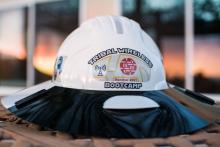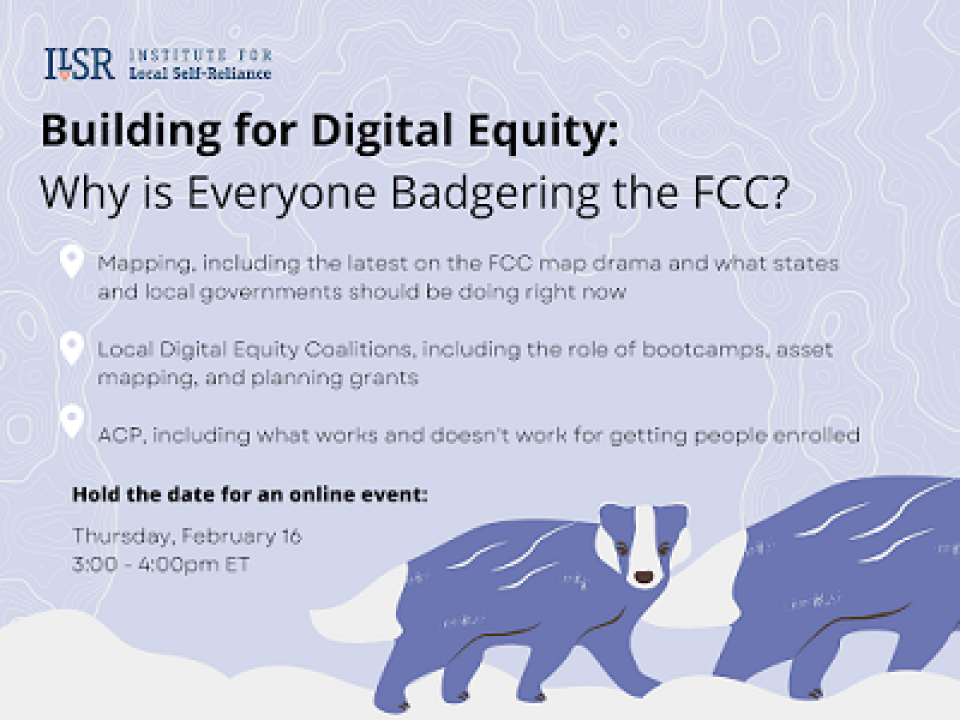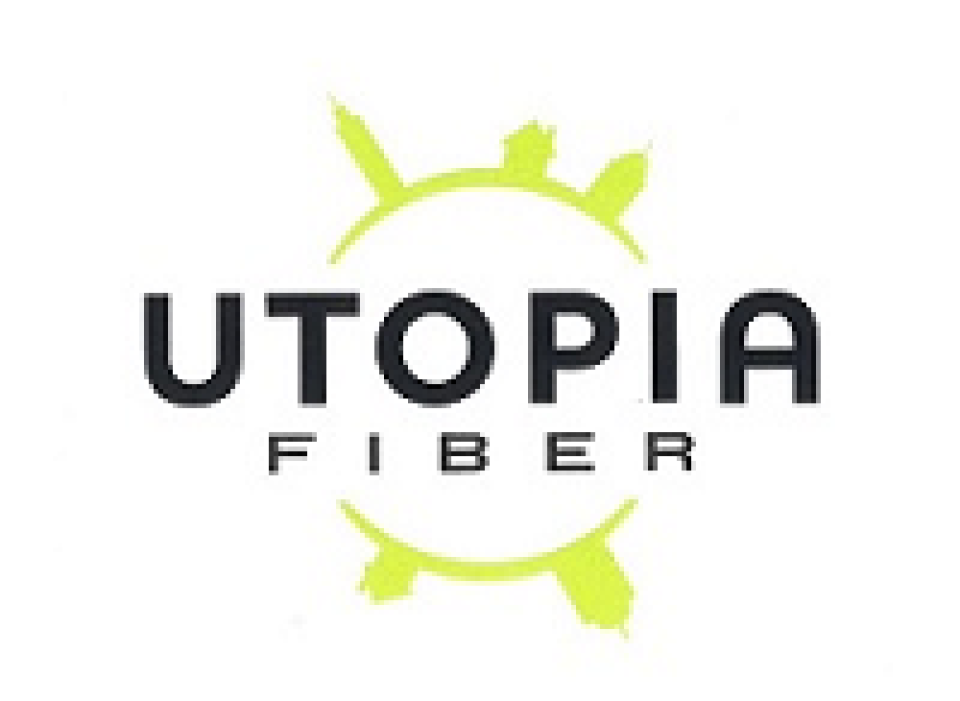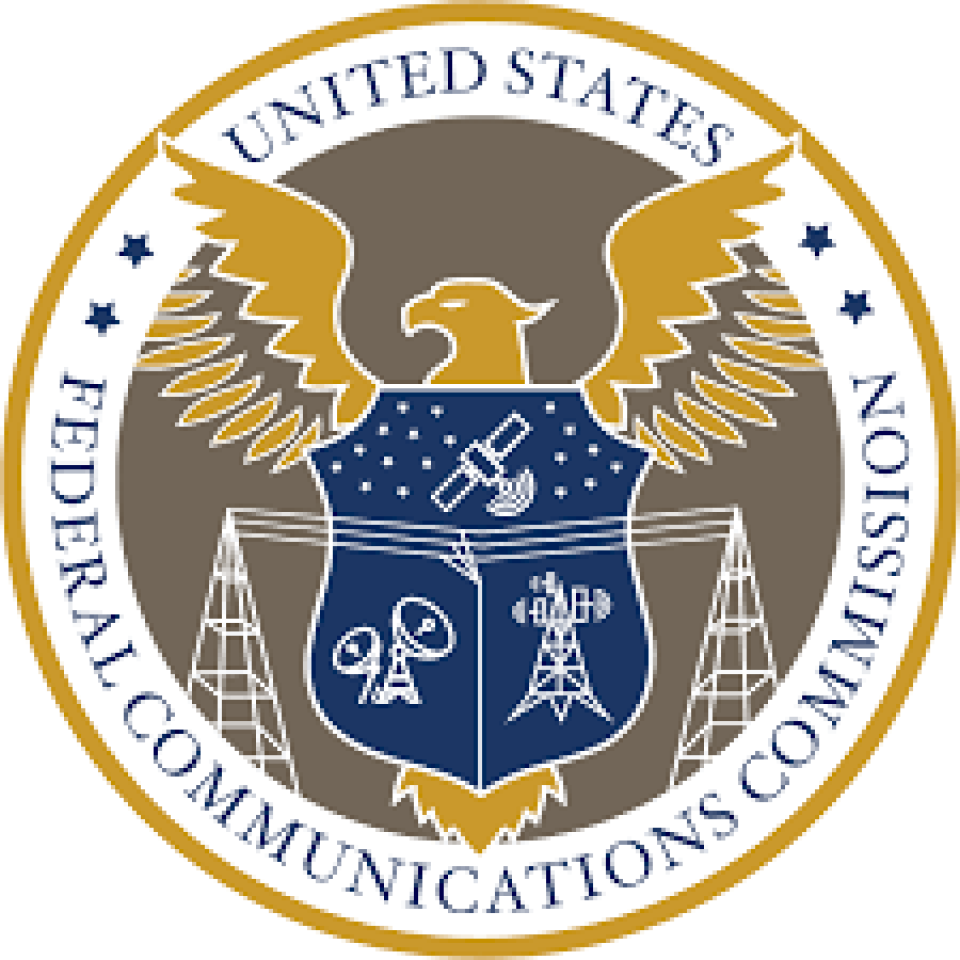
Fast, affordable Internet access for all.

Kentucky is one of many states undergoing a baptism by fire as they jocky to take advantage of billions in historic federal broadband grants. The Kentucky Office of Broadband Development didn’t exist a year ago; now it’s tasked with identifying state broadband gaps and managing one of the most complex broadband subsidy efforts ever attempted.
All while shaking off a history of costly state boondoggles.
Kentucky officials last year announced they’d be spending more than $203 million in American Rescue Plan Act (ARPA) funds to shore up broadband access. Now they’re preparing to spend hundreds of millions more courtesy of $42.5 billion in Broadband Equity, Access and Deployment (BEAD) grants made possible by the Infrastructure Investment and Jobs Act (IIJA).
Kentucky Office of Broadband Officials have spent the last few months on a listening tour getting an earful from frustrated state residents angry about high broadband prices, spotty coverage, and sluggish speeds. Kentucky currently ranks 30th nationwide in such metrics thanks in part to monopolization by local cable and phone giants.
Like so many states, the lack of affordable, reliable broadband access was particularly notable during the Covid home education and telecommuting boom, driving a renewed interest in creative broadband deployment alternatives.
Avoiding The Sins Of The Past
Past Kentucky efforts to bridge the digital divide haven’t gone particularly well.
Two months after President Biden’s belated and long-stalled Federal Communications Commission (FCC) nominee withdrew her nomination after a year-long attack campaign against her, today at the Broadband Communities Summit in Houston, Texas, Gigi Sohn announced her next move: Sohn will serve as the first Executive Director for the American Association of Public Broadband (AAPB).
A non-profit organization formed by a group of municipal officials, AAPB’s mission is to advance advocacy efforts on behalf of publicly-owned, locally-controlled broadband networks. Since the organization first announced its formation at the Broadband Communities Summit in May of 2022, it has been working to educate federal and state policymakers who “have turned to the telecom lobby for help and are receiving biased guidance” on the community broadband networks approach, just as $42.5 billion from the Infrastructure Investment and Jobs Act (IIJA) is set to flow to state governments to expand high-speed Internet access this summer.
During a keynote luncheon at the summit, Sohn was joined by AAPB founding board members Bob Knight and Kimberly McKinley on the main stage for a candid discussion in which she reflected on the state of Internet access in the U.S. and her experience that led to her to withdraw her nomination to the FCC. Near the end of the luncheon she announced her new role with AAPB, which was greeted by a standing ovation from the hundreds of attendees in the audience.
Freedom to Choose Community Broadband Future
The announcement was followed by a press briefing where she elaborated on her vision for AAPB.
“I will be the first Executive Director of the American Association of Public Broadband. Until now, there has not been a membership-based advocacy organization that works to ensure that public broadband can grow unimpeded by anti-competitive barriers. That’s despite the success of public broadband to help places like Chattanooga and the Massachusetts Berkshires transform from sleepy hamlets to vibrant centers of economic opportunity, education and culture,” she said at the press briefing.
Geospatial software licenses and training can be a huge help to Tribes building their own broadband networks, and federally recognized Tribes can access a number of geospatial resources at no cost.
Since 2002, the Department of the Interior has held an agreement with Esri, a leading GIS software, to make licenses and training available to the Bureau of Indian Affairs (BIA) and the governments of federally recognized Tribes.
The licenses and training are administered under the BIA’s Branch of Geospatial Support (BOGS), which “support[s] Tribes’ land management projects such as irrigation, floodplain analysis, forestry harvesting, wildfire analysis, oil and gas management, and other economic analysis,” but the resources have broadband applications well.
BOGS offers free geospatial software, geospatial training, and geospatial technical assistance to more than 900 BIA employees and 4,000 Tribal personnel.

Geographic information system (GIS) resources allow Tribes to map their networks as they are built, greatly assisting with documentation. GIS can be used to document culturally or environmentally sensitive areas, which is especially relevant if Tribes are working with contractors unfamiliar with the area.
Tribes can also leverage GIS to collect their own location data, and submit this data to the FCC to improve the agency’s maps, which are notoriously inaccurate on Tribal lands. Additionally, Tribes with existing networks can use mapping resources to compile data to feed into submission reports to the FCC as the FCC’s new reporting requirements will require some form of GIS.
To be eligible for these benefits, the organization must submit an application to participate in the Enterprise License Agreement (ELA) program. The products offered through this program are provided at no cost to ELA participants.
Connect Humanity and the Appalachian Regional Commission (ARC) have struck a new $7.9 million coalition partnership they say will help deliver affordable, next-generation broadband networks to more than 50 communities across 12 Appalachian states.
The project announcement states ARC has already awarded $6.3 million via its new Appalachian Regional Initiative for Stronger Economies (ARISE) program, which is designed to help marginalized communities prepare for the more than $45 billion in Broadband Equity, Access, and Deployment (BEAD) and Digital Equity Act (DEA) funding arriving later this year.
Funding from both programs is currently bottlenecked behind the Federal Communications Commission’s longstanding and troubled efforts to accurately map broadband access. That’s been a particular problem in rural America, where fixed and wireless broadband providers have overstated real-world broadband access for the better part of a generation.
ARC data indicates that rural Appalachian communities, which stretch from New York State to Mississippi, are far more likely to have been left stuck on the wrong side of the digital divide. That’s thanks in part to telecom monopolies that either refuse to revest in lower ROI rural areas, or have failed to live up to past taxpayer subsidization obligations.
Connectivity in the region lags well behind the national average, and in 26 Appalachian counties, fewer than 65 percent of households have a broadband subscription. 88 percent of Appalachian households currently have one or more computer devices—nearly four points below the national average. Only 23 Appalachian counties were at or above that same national average, and all of them were in metropolitan areas.
Creative efforts are underway in Marin County, California to bring fiber connectivity to underserved pockets of the community and eventually the whole area. Digital Marin, currently housed within the county’s Information Services and Technology Department, is coordinating the project, and is leaning towards a municipally-owned, open-access solution modeled after Ammon’s standout network in Idaho.
Just across the Golden Gate Strait from San Francisco, Marin County is home to about 265,000 residents, as well as the Muir Woods National Monument, a County Civic Center designed by Frank Lloyd Wright, and nearly 73 miles of coastal trail. Despite largely being considered an urban county, Marin also includes suburban and rural areas with 40 percent of the county classified as protected park land.
When it comes to Internet connectivity, the area is peppered with what Marin County resident and Digital Marin Executive Steering Committee member, Bruce Vogen, calls “donut holes of high-quality Internet access.” An unknown provider built a DSL network in the region many years ago and then Comcast later bought and inherited the antiquated infrastructure. Soon after, AT&T entered the market but selected only the most profitable neighborhoods to serve. All 90,000 of the county’s urban households can access the Internet through Comcast, but just 20,000 of these homes have access to the archipelago of AT&T’s fiber network. In any case, Marin’s urban areas are either subject to monopoly or duopoly market control. It has long been apparent there is a digital divide in Marin County, but it wasn’t until the 2022 FCC maps were released that the contours of this divide came into focus.
It’s not too late to register for our first Building for Digital Equity (#B4DE) livestream event of the year. This Thursday, Feb. 16, from 2-3 pm CST/3-4 pm ET, ILSR’s Community Broadband Networks Initiative will kick off our Building for Digital Equity series.
The focus will be on two of the hottest topics in broadband right now: mapping and the Affordable Connectivity Program (ACP).
Promising to bring more light than heat, co-host Christopher Mitchell, Community Broadband Networks Initiative Director, will be joined by co-host Kim McKinley, Chief Marketing Officer with UTOPIA Fiber – our sponsor for this year’s series. We are calling this one Building for Digital Equity: Why is Everyone Badgering the FCC?
You can register here.

The event will give an overview of the FCC’s new broadband map and make clear what has been confusing and convoluted for those who have been working to fix the multitude of inaccuracies the map contains through the challenge process.
Our expert guests will break down the difference between fabric and location challenges and availability challenges and how those challenges may, or may not, affect how much each state will receive from the $42.5 billion Broadband Equity Access & Deployment (BEAD) program embedded in the bipartisan infrastructure bill.
Our GIS and Data Visualization Specialist Christine Parker will review helpful mapping tools, which will be followed by a Q&A with audience members.
As Los Angeles County officials work with community coalitions to improve high-speed Internet access in underserved communities across the region, the Digital Equity LA Summit last week focused on the challenges ahead. Front and center: urging state officials to fix the broadband priority maps the state will use to target where to invest $2 billion in state broadband grant funds with the state months away from receiving over a billion additional dollars from the federal BEAD program.
Organized by the California Community Foundation (CCF) and held on the University of Southern California (USC) campus, the summit brought together hundreds of digital equity advocates, state, county, and city officials; many of whom are part of a broad coalition (that includes ILSR) known as Digital Equity Los Angeles whose mission is to bring “equitable access to fast, reliable, and affordable broadband for every Angeleno.”
After morning introductions, Sanford Williams – Special Advisor to FCC Chairwoman Jessica Rosenworcel – gave the morning keynote address. Williams highlighted his work at the FCC and his new role as chief of the agency’s digital discrimination task force, which is charged with combating the kinds of digital discrimination brought to light by a recent Digital Equity LA study that found higher poverty neighborhoods in LA (which tend to be mostly made up of people of color) pay anywhere from $10 to $40 more per month than mostly white, higher-income neighborhoods for the exact same service.
Recent Success, Future Challenges
The summit started off on a high-note with an overview of the successes coalition members advocated for over the past year, including the formation of a new statewide coalition (the California Alliance for Digital Equity) and, to the chagrin of wireless providers, the veto of a proposed state law (AB 2749) – which Gov. Newsom said, if passed, would “undermine the last-mile grant program by creating additional delays in its implementation.”
Save the date! ILSR’s Community Broadband Networks team is back for a second season of our Building for Digital Equity series.
You can register now here.
The free online live stream will be held on Feb. 16 from 2-3 pm CST/3-4 pm ET.
We will unpack how local communities are working with their states to challenge the FCC’s broadband maps, bringing together local stakeholders, policy advocates, and GIS and Data Visualization Specialists in one place. We will also cover local organizing for better broadband and the latest on the Affordable Connectivity Program (ACP).
The event, which this year is being sponsored by UTOPIA Fiber, will cover:

Mapping Tools
Organizing Local Digital Equity Coalitions
Affordable Connectivity Program (ACP)
The livestream will be available on Youtube, Twitter, Facebook, LinkedIn, and Twitch, with live viewer questions answered by the panels. Stay tuned for those links here.
Last Friday was a major milestone in the process of moving $42.5 billion from the federal government to states to distribute mostly to rural areas to build new, modern Internet access networks. January 13th marked the deadline for error corrections (called challenges) to the official national map that will be used to determine how much each state will get.
As an organization that has worked in nearly all 50 states over the past 20 years on policies to improve Internet access, we spent the last few weeks struggling to understand what was actually at stake and wondering if we were alone in being confused about the process. Despite the stakes, almost no expert we talked to actually understood which challenges – if any – would fix errors in the map data before it was used to allocate the largest single federal broadband investment in history.
Update: On January 13th, Joan Engebretson confirmed in Telecompetitor that the location challenges deadline was October 30, 2022, and not Jan 13, 2023.

This article will explore what is going wrong with the distribution of that $42.5 billion, the mapping process, and continued failure of the Federal Communications Commission (FCC) to show competence in the broadband arena. And it offers ways to fix these important problems as every jurisdiction from Puerto Rico to Hawaii feels overwhelmed by the challenge.
The $42.5 billion guarantees each state $100 million and a large additional sum calculated proportionally based on the number of locations in each state that don’t have adequate high-speed Internet service. States that already made significant investments in better rural networks and made strides toward fast universal Internet access for all households - like Massachusetts - will likely not receive much more than $100 million, while extremely large states with many high-cost rural residents - like Texas and California - will receive billions.
From the miraculous benefits of WiMax to the hype surrounding 5G, U.S. wireless companies have long promised near-Utopian levels of technological revolution.
Yet time after time these promises have fallen short, reminding a telecom sector all-too-familiar with hype that fiber optics remains, for now, the backbone of bridging the digital divide.
From Google Fiber to Starry, numerous companies have promised to use wireless technology as a supplement or even replacement for future-proof fiber. But more often than not these promises have failed to have any meaningful impact at scale. Worse, many wireless services often fail to deliver on a routinely neglected aspect of telecom policy: affordability.
That’s not to say that wireless doesn’t have an immense, integral role to play in shoring up the nation’s broadband gaps. 5G, rural and urban small WISPs, satellite, and other wireless options are all essential in bridging the digital divide and extending access to rural communities and tribal nations (see: the FCC Tribal Priority Window and the beneficial wireless options that have emerged).
But reality continues to demonstrate that there’s simply no substitute for the kind of high capacity, affordable fiber efforts being deployed by a steady parade of municipalities, cooperatives, and city-owned utilities. And as an historic level of federal subsidies wind their way to the states, the distinction is more important than ever.
A Rich History Of Wishful Thinking
The industry crown for unwarranted wireless industry hype likely belongs to WiMax, a family of wireless broadband communication standards based on the IEEE 802.16 set of standards and introduced in 2001.
From 2001 to 2011, there were no shortage of missives about how the standard would revolutionize connectivity worldwide, ushering forth the golden age of affordable broadband access. There were countless warnings that marketing departments had gotten well ahead of themselves, all widely ignored by the speculative investment set.